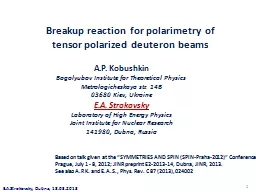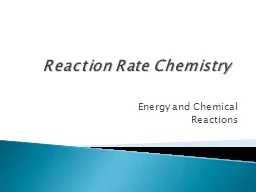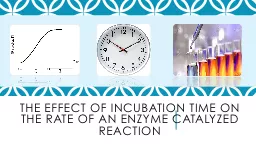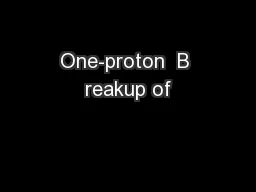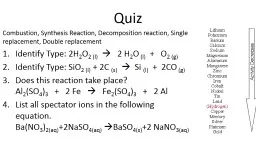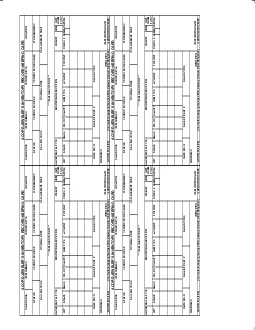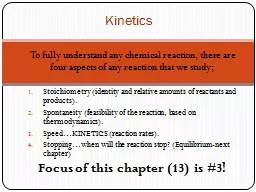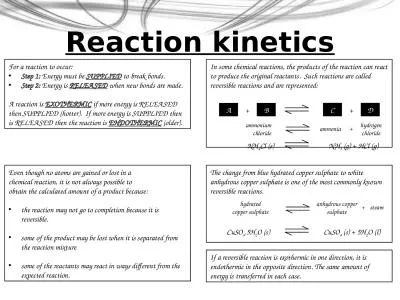PPT-Breakup reaction for
Author : tatyana-admore | Published Date : 2016-03-20
polarimetry of t ensor polarized deuteron beams 1 AP Kobushkin Bogolyubov Institute for Theoretical Physics Metrologicheskaya str 14B 03680 Kiev Ukraine EA Strokovsky
Presentation Embed Code
Download Presentation
Download Presentation The PPT/PDF document "Breakup reaction for" is the property of its rightful owner. Permission is granted to download and print the materials on this website for personal, non-commercial use only, and to display it on your personal computer provided you do not modify the materials and that you retain all copyright notices contained in the materials. By downloading content from our website, you accept the terms of this agreement.
Breakup reaction for: Transcript
Download Rules Of Document
"Breakup reaction for"The content belongs to its owner. You may download and print it for personal use, without modification, and keep all copyright notices. By downloading, you agree to these terms.
Related Documents

